Vikas Khanchandani on how R. Bharat broke away from ‘sameness’ in Hindi News genre
R. Bharat, the Hindi news channel from Republic Media Network, has completed its first year in the Hindi News genre in February. When the channel was launched, market research revealed that content architectures in the Hindi news genre were quite similar, leading to a perception of ‘sameness’ in the category.
When a brand claims brand positioning in the name of “speed or “keeps you ahead”, it tantamount to highlighting hygiene elements of a news brand.
Since R. Bharat was launched by a journalist, there were two integral aspects to the brand’s proposition – serving 100% news content to the audiences and focusing on storytelling rather than breaking news.
In conversation with Adgully, Vikas Khanchandani, CEO of Republic Media Network, recounts how the channel’s differentiated strategy helped it break away from the ‘sameness’ of the Hindi news genre and grow tremendously over a short period. Edited excerpts:
Another look at the Hindi news genre
When we asked for a review of the Hindi news genre, we found that the structure was very similar across channels; there was a lot of homogeneity in the content formats across the genre. The dependency on news content and viral videos to grab attention is very high.
Consumers from all markets gave us the feedback that our brand proposition was larger. The brand’s communication of “Rashtra Ke Naam”, its sharpness and appeal has made a deep connect with our viewers.
That’s when we realised that there’s a huge marketplace for consumers who want 100% news content and we don’t need to get into astrology, saas-bahu to garner audiences, etc.
That the channel has reached 15% market share during the afternoon hour is a reflection of viewers changing preference.
Keeping up a 24-hour news cycle
News is an integral part of our life and it is consumed across age groups and social economic profiles. The reach delivered by most news channels today is comparable to entertainment channels.
Our strong focus on news and the brand’s higher order proposition in “Rashtra Ke Naam” have connected deeply with our audiences. This is reflective in the exclusive audience that R. Bharat generates within the genre.
2019 was a power-packed news year. The Balakot Attack became the most watched televised news event in the history of news television in India. Today, Hindi news has become a mass reach genre, which compares to GEC.
When a story breaks, it keeps developing over a period of time. It keeps gaining more momentum. We continue to stay with the news after we’ve broken it. That’s how you galvanise audiences and keep bringing more and more eyeballs.
Interestingly, there hasn’t been a lull period. What we are seeing is that the pace at with which news is happening and being consumed is growing and is not dependent only on big events.
Exclusive reach
Our cumulative reach from the time R. Bharat has launched is 322 million (unique users). It is not an easy task to be in the top 3 reach for a Hindi news brand in its first year. This has taken tremendous amount of planning and efforts by our content and distribution teams. They have put in tremendous amount of effort and continue to do so.
Advertisers care about how many audiences are looking at the communication. In their minds; if you have a bunch of channels which are similar and then you add a differentiated channel then it leads to incremental reach.
When it shows that you have a large set of audiences that are watching you and not anyone else, it is a good indicator of our content and consumer preference.
A lot of brands who have sampled the R. Bharat brand are now scaling up their partnership and sponsorships. It is extremely heartening to have partners use R. Bharat as their driver channel within the genre.
Multi-faceted digital strategy
I strongly believe that digital is not one strategy. There are a lot of publishers, whether in print or TV, who often see a unidimensional construct. Ask any publisher for their stats and they will talk about page views, etc.
News consumption is changing and moving across platforms. With declining data prices, growth of video has skyrocketed. Video news networks own their IP, giving us opportunity to leverage the copious amount of video consumption online. News is the driving force for linear television as well live consumption online. Since news consumption is here and now, OTT has created additional touchpoints from the consumer perspective.
So, from an engagement, consumption and monetisation perspective, digital will have multiple strategies at play.
Calibrated distribution strategy
Distribution strategy is not just about availability. How do you place yourself? Do you understand the consumer profile across markets? What is their behaviour pattern across markets?
You have to calibrate your distribution strategy to the behaviour in that specific market. There are many other channels which are available on all platforms, but they are not being consumed. Availability does not guarantee consumption.
Advertising revenue
The brand has been able to live up to its promise and, therefore, advertisers have been very supportive. 80 per cent of the top advertisers have already come on board the channel. Those who waited it out are now convinced that the brand Bharat is a leader brand and will scale up their partnership with us.
Integrated advertising offering
Marketers realise that they cannot have a different strategy for TV and online video. I believe content creators must start to monetise their content, agnostic of platforms. Medium is just an enabler for content consumption and planning must be around content and not platforms.




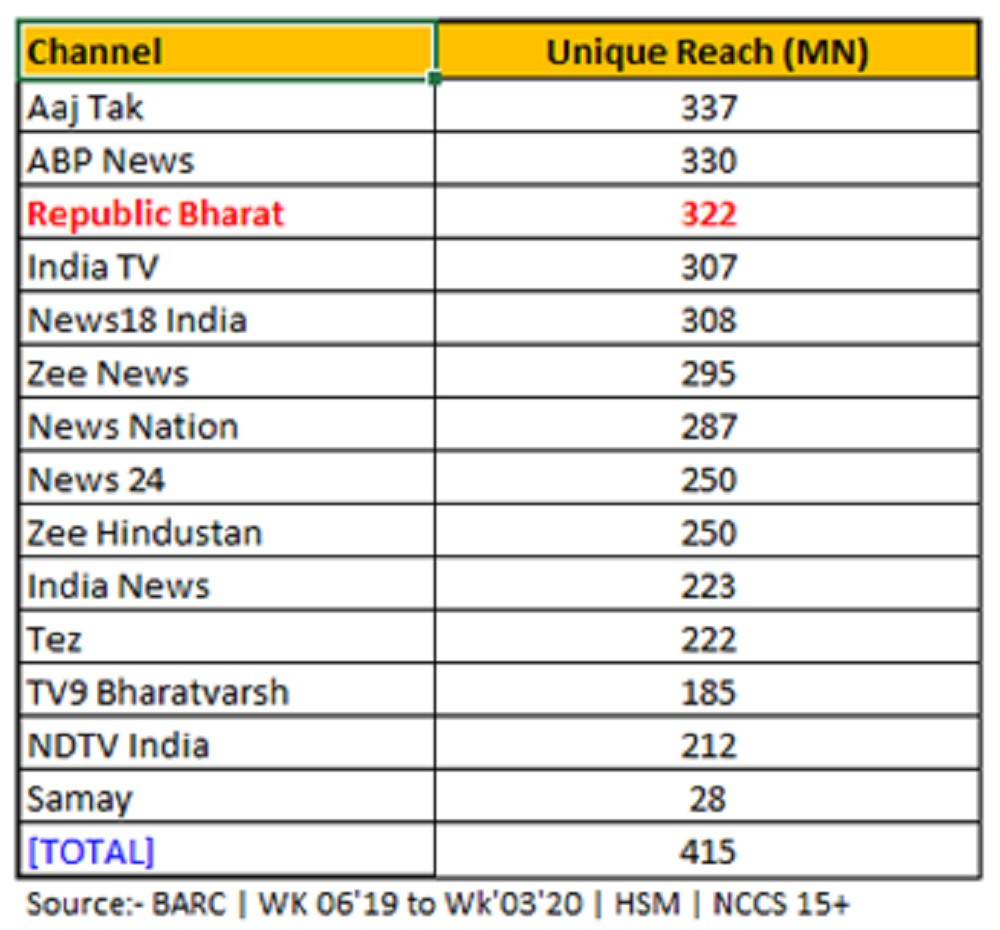

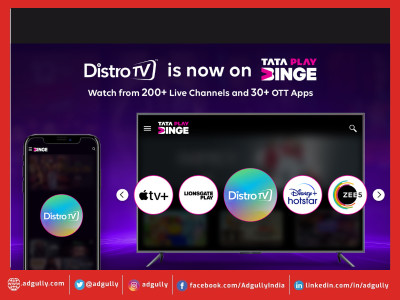


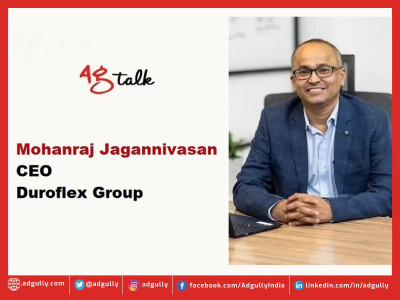
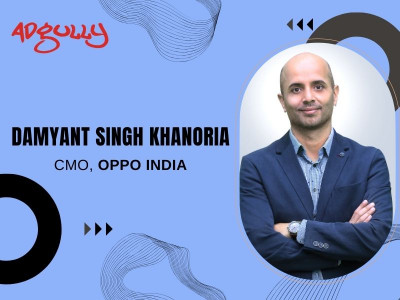
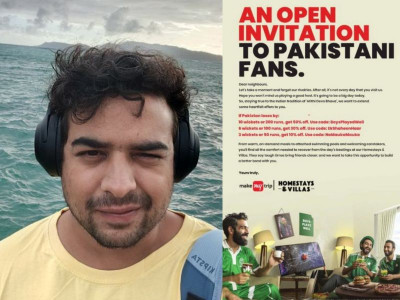
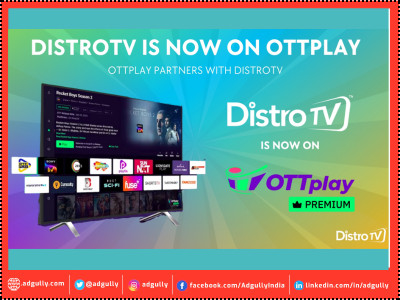


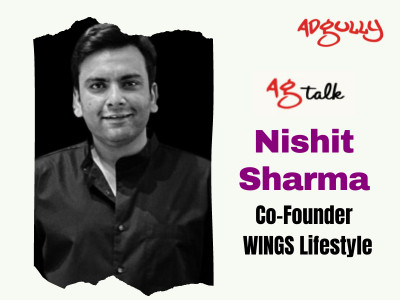
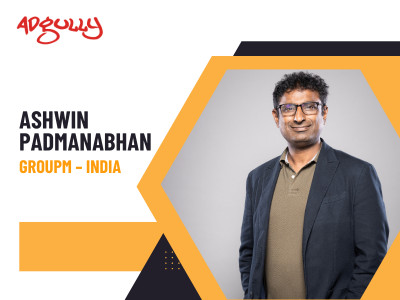
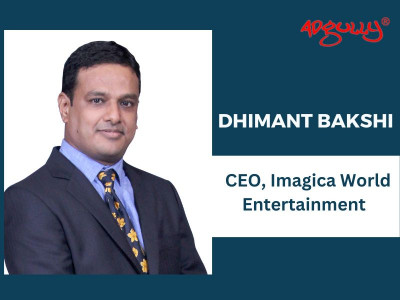


Share
Facebook
YouTube
Tweet
Twitter
LinkedIn